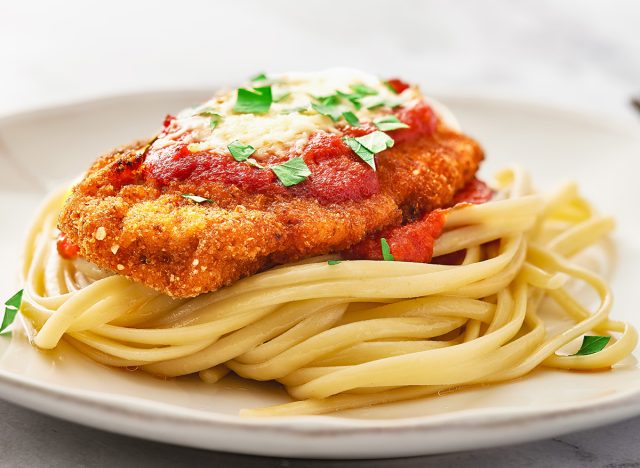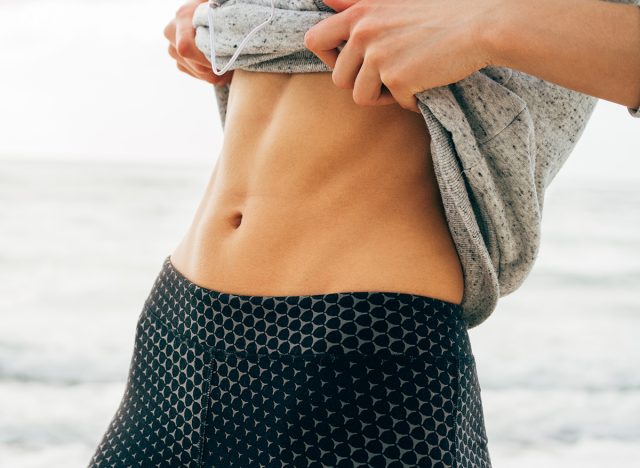You Don't Need the Gym to Get Flat Abs, Just Avoid These Foods
Lots of people believe that you can crunch your way to a flat belly, but that isn't the case. Health experts regularly use the phrase,"Abs are made in the kitchen," for a reason. If you want a tight midsection, you need to change your diet. Zara Kai (@theneptunianbaby) is a diet and weight loss influencer who specializes in helping people transform their body in 30 days using herbs and raw food. In a recent viral video she claims that avoiding certain types of food will get you a slender waistline ASAP.
Zara Claims That Many People Are Wrong About What It Takes to Have Flat Abs

"The reason why you don't have a flat tummy is not because you don't go to the gym. It's not because you didn't order your flat tummy tea. It's not because you don't drink apple cider vinegar. It's not because you're not in a calorie deficit," claims Zara at the start of the clip.
Related: 3 Proven Workouts for Enhanced Bust Firmness
She Says "Inflammatory Foods" Like Pasta and Sugar Are the Culprit

"It is because of the foods that you're eating," she says. "Your diet is inflammatory if you eat pasta, heavy starches, bread, gluten, refined sugar, flour," she continues. "If you are eating these heavy foods, even processed foods, your stomach is not going to be flat."
She Also Says to "Stop Eating Every Hour"

Timing is also key, she says. "Stop eating every hour. Let your body digest your food. You'll be okay," she continues. "If you want results, you need to put in the work to get the results, and it's that simple, you guys. It's a simple equation."
An RDN Says You Don't Have to Cut These Things Out, But Eat Them in Moderation

The Body Network asked The Diet Diva, Tara Collingwood, MS, RDN, CSSD, LD/N, ACSM-CPT, a Board Certified Sports Dietitian, to weigh in on her claims. "I have a flat stomach and I eat bread and pasta," she says. "You don't have to completely avoid these foods, but you do need to put in the work. I do agree with that." You can eat gluten, bread, pasta, and even some dessert, "but it is about how MUCH you are eating those things, especially all at one time."
Related: 10 Ways Functional Nutrition Strategies Will Transform Your Body
Don't Eat Too Much in One Sitting

You should also "spread your food out and don't eat too much in one sitting," Collingwood adds. "You also need to balance what you are eating with exercise so you can build and maintain muscle and burn any excess calories to prevent gaining body fat."
💪🔥Body Booster: If you dramatically try cutting things out of your diet, like pasta, sugar, or processed foods, you might lose weight faster but you might be more likely to binge than if you exercise moderation.





